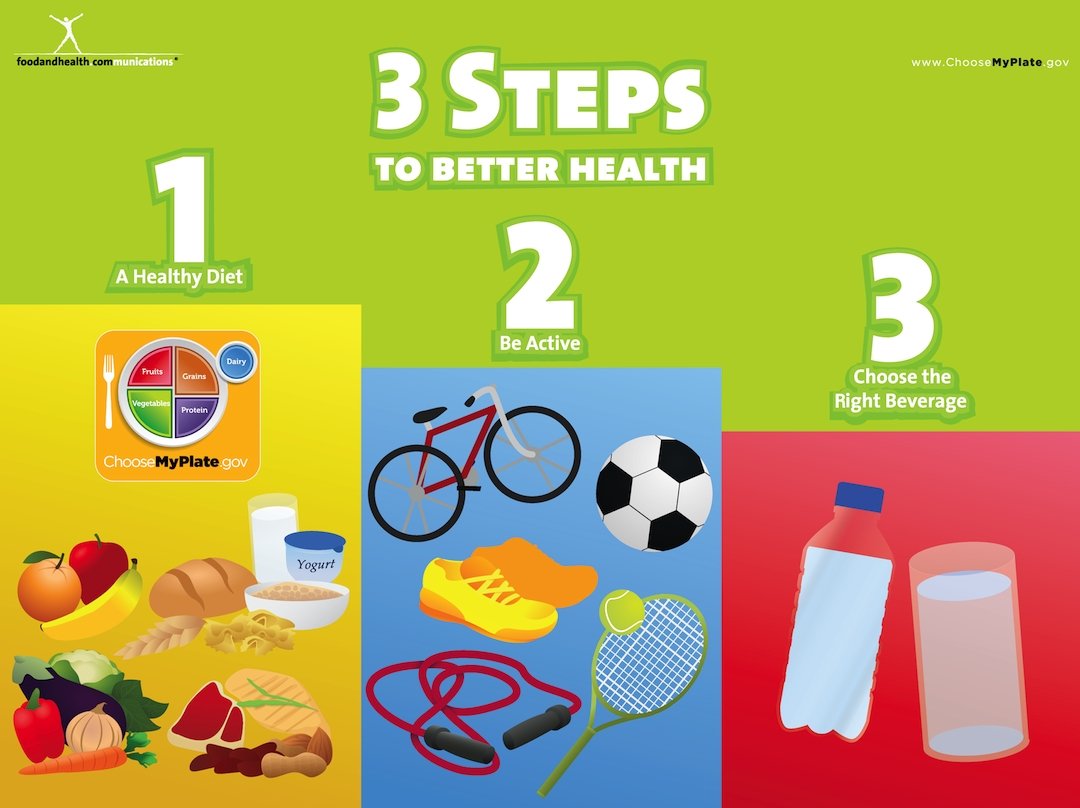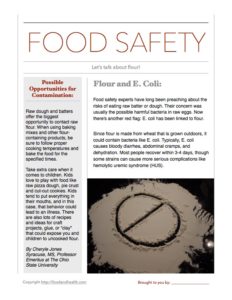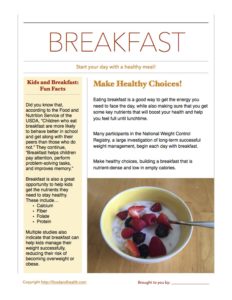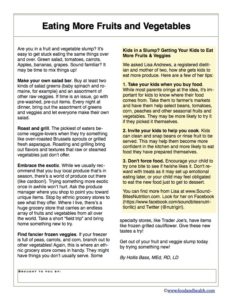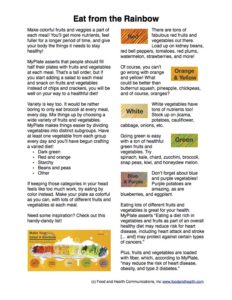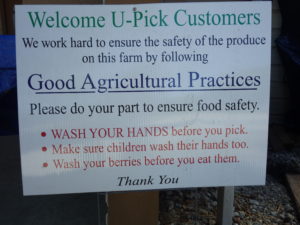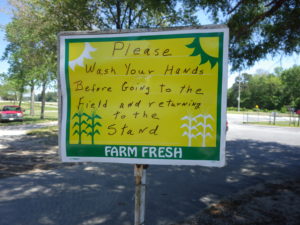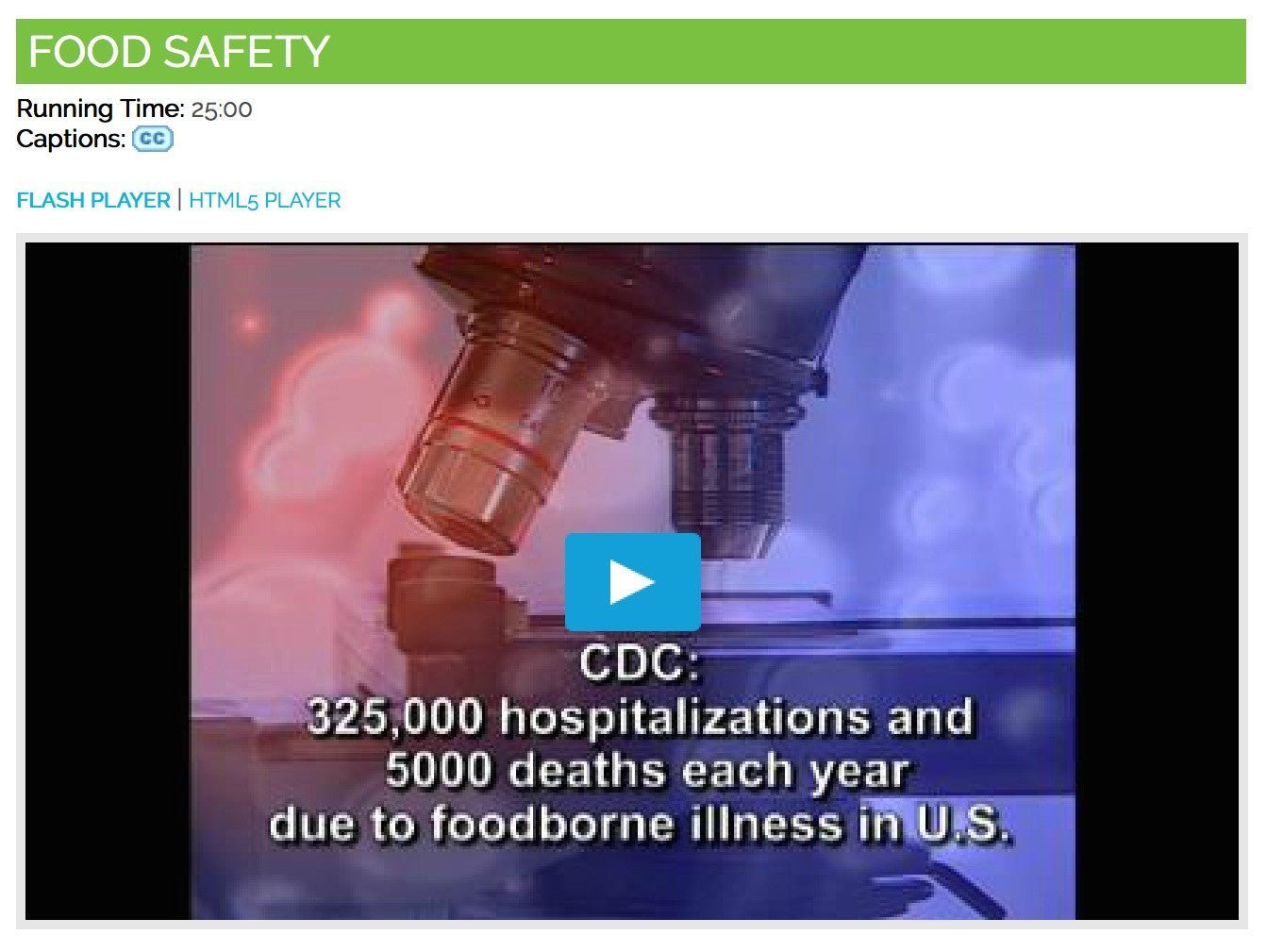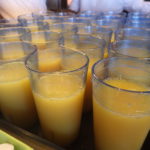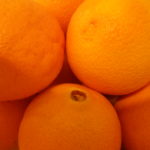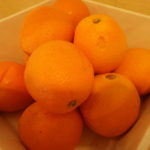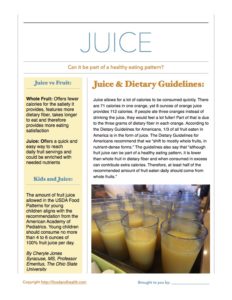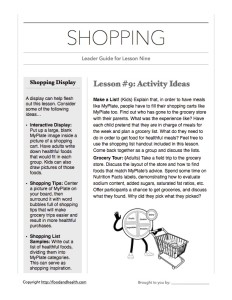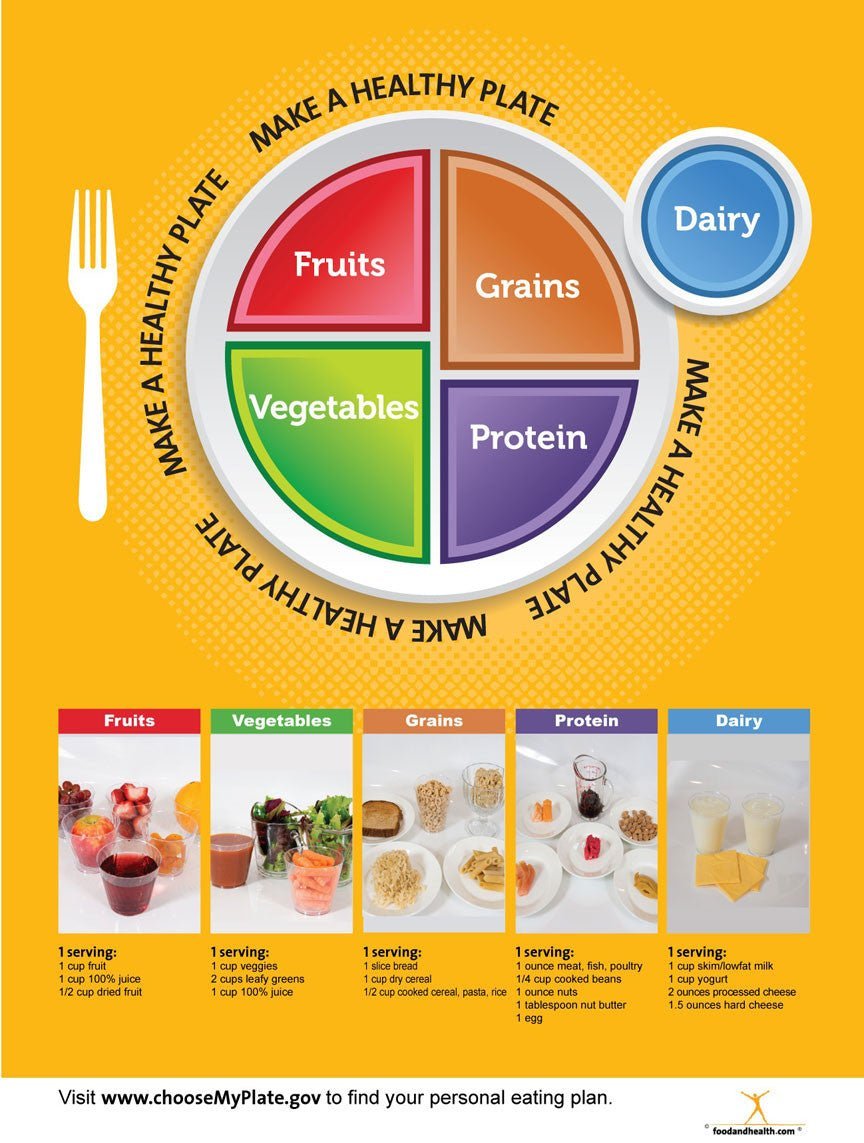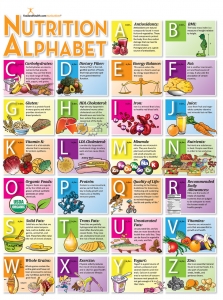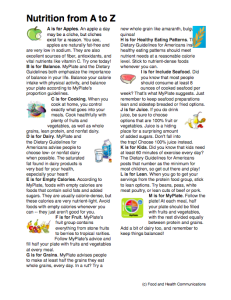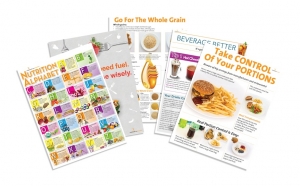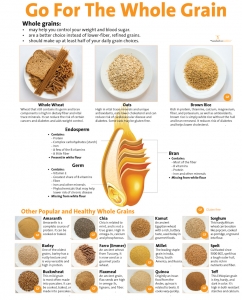It’s been a while since I shared a reader request in this space, so today let’s talk high school.
Sucu reached out to me recently, and here’s what she wanted to know…
Hello: Do you have any resources or suggestions for a nutrition message for a high school bulletin board you can share asap. Thanks.
Healthy Regards,
Sucu
What fun!
I initially pointed Sucu to a few things we’d already made. There’s a fantastic high school poster set in the store, and a whole 12 lessons for teens program that is chock-full of display ideas for a bulletin board. My team and I have been polishing a STEM (science, technology, engineering, and math) collection that could come in handy too.
But then I thought I’d get more specific.
So, here’s a how-to for two different bulletin board displays for high schools.
Display #1: Skip Sugary Drinks
Teens are drinking a lot of sugary drinks these days, and that can be bad news for their health, both in terms of displacing more nutritious calories and adding excess empty calories to their eating patterns. To help educate teens about what they’re drinking, start with a bright, eye-catching poster that can make up the center of your display. This Are You Drinking Candy? poster is a particularly compelling one, and Beverage Better and Sugar Math are two other good choices, so go with whatever best fits your aesthetic.
From there, take a look at the sodas, energy drinks, and sport beverages that are available at school. Take photos of the Nutrition Facts labels on each one if you can, or print off some labels for equivalent products and highlight the sugar content of each one, along with the serving size. Scatter these images around the poster. You could also measure out the equivalent amount of sugar into these great test tubes and attach the tubes to the board near photos of each drink and its Nutrition Facts.
Fill in the remaining space with more information about the impact of sugary drinks on health. This tearpad has great handouts, and this blog post about energy drinks comes with a free printable handout that would be a good fit for this theme too.
Take a look at our collection of prizes for other resources to make your bulletin board display as engaging and memorable as possible.

New Food Label Vinyl Banner 48" X 36"
$88.00 $110.00
Add to Cart
Display #2: Nutrition Facts Panel
The Nutrition Facts label is changing, and there’s no reason for teens to stay in the dark. To help them learn what they need to know to use this resource to improve their eating patterns, put together a Nutrition Facts bulletin board!
You can pull a lot of inspiration from the New Nutrition Facts Label Display post that we put together in the spring of 2016.
Combine this Nutrition Facts Poster with a Food Label Handout to center your bulletin board display. Or, if you have more space, this 48-inch by 36-inch Nutrition Label Vinyl Banner would be a great way to draw people over to your display. Add a few different Nutrition Facts labels to the bulletin board, highlighting elements that are either good or bad for the kids’ health (perhaps color-coding would come in handy). Highlight only one or two aspects of each label so that they don’t get overwhelming.
Finish off the board with a few Nutrition Facts Stickers and Nutrition Facts Bookmarks to fill any empty spaces.
I hope this comes in handy for you! Keep those requests coming!





